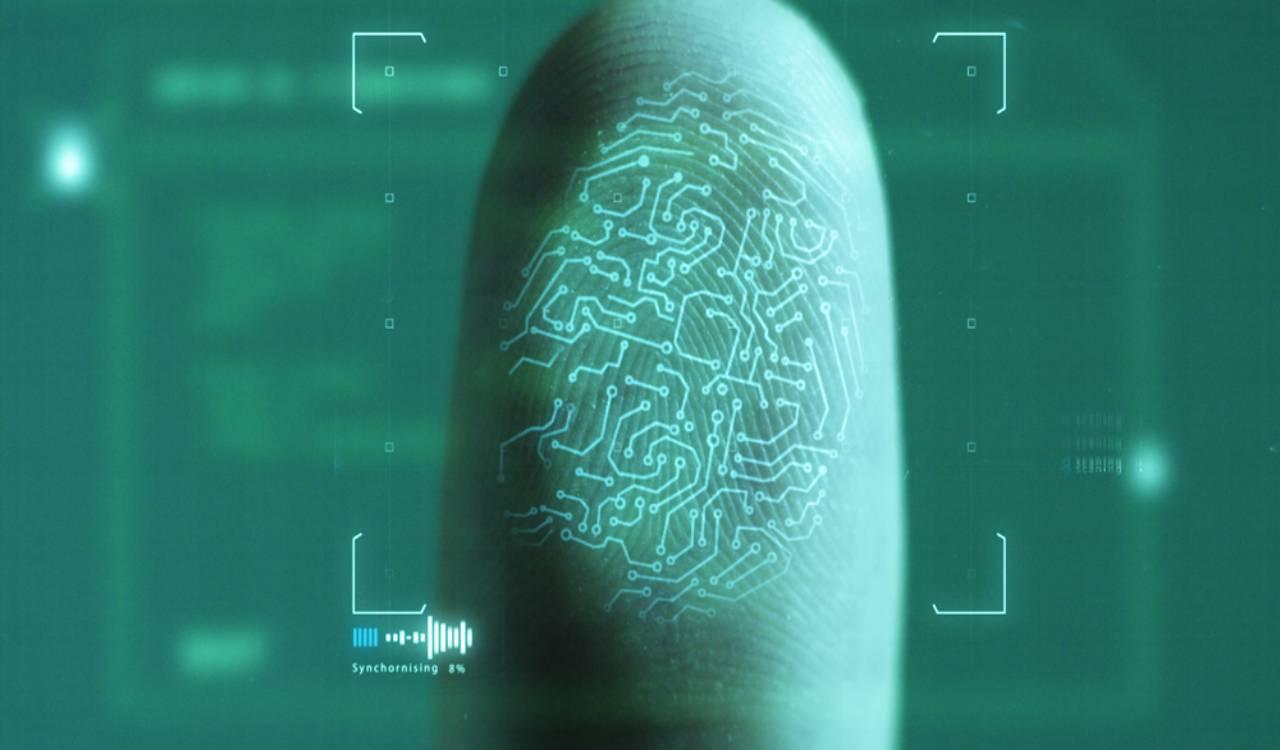Advantages & Disadvantages Of Biometric Identification

Computer Biometrics or Biometric Identification could be defined as the discipline that studies how to relate the traits of an individual with their authentication through a computer system. Said in a simpler way, thanks to biometrics, our identity can already be verified through the fingerprint or iris of the eye, with the advantages (and disadvantages) that this entails for privacy and data protection.
Advantages Of Biometrics For The Identification Of The Person
Some of the advantages of Biometric Identification are obvious, for example
- Problems with PIN codes and passwords would end.
- All-access information would be stored in our own physical features. In this sense, it also avoids constantly carrying or handling personal documents or keys, and thus minimizes damage to its loss or theft.
- On the other hand, it is worth mentioning a large number of devices or applications that could be managed through biometrics.
- From mobile phones to smartwatches, through the garage or vehicle security systems, to name an example. The possibilities are multiple.
- In addition, it remains to be seen how far biometrics can reach in any of its many applications, for example, in everything related to home automation and home security.
Some Disadvantages
Although some experts, such as Google’s chief of security, Heather Adkins, consider that “passwords are dead”, there are still those who distrust biometric identification.
- On the one hand, it could give way to new hacker action strategies in search of security breaches (some have already managed to reproduce exact fingerprints in order to supplant the individual).
- On the other hand, the adoption of BYOIDs has already led to new security challenges that have not always been resolved for companies responsible for managing user privacy. Which companies are actually prepared to provide full security in a much more complex field such as biometric authentication?
- It should also be noted that, in many cases, it would be necessary to adapt to the environment so that biometrics could be effective. Installations, devices, system, processes.
- And not only the environment, but it would be essential to modify the individual’s own attitudes and behaviors. In this sense, the technological gap could become even more evident between different groups or social sectors.
Conclusion
Be that as it may, Biometric Identification is an advance that makes its way without haste but without pause. Some believe that it is still a technology in a very green state, others, which is an inevitable and mandatory step to modernize systems and guarantee the security of the individual in today’s globalized online world. Only time will tell how far this discipline is able to go.
Also Read : MACHINE LEARNING – THE FUTURE IS AT OUR REACH
